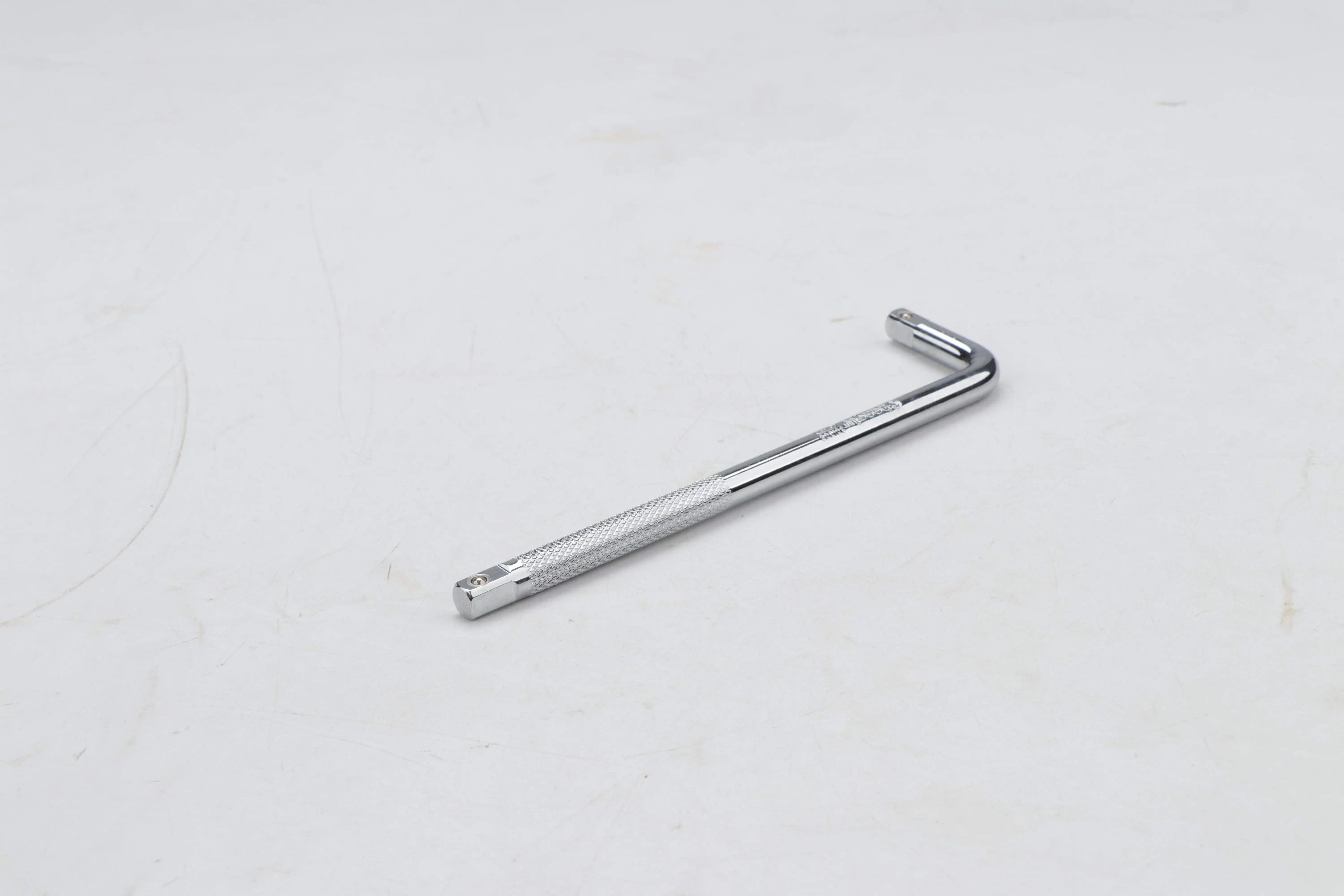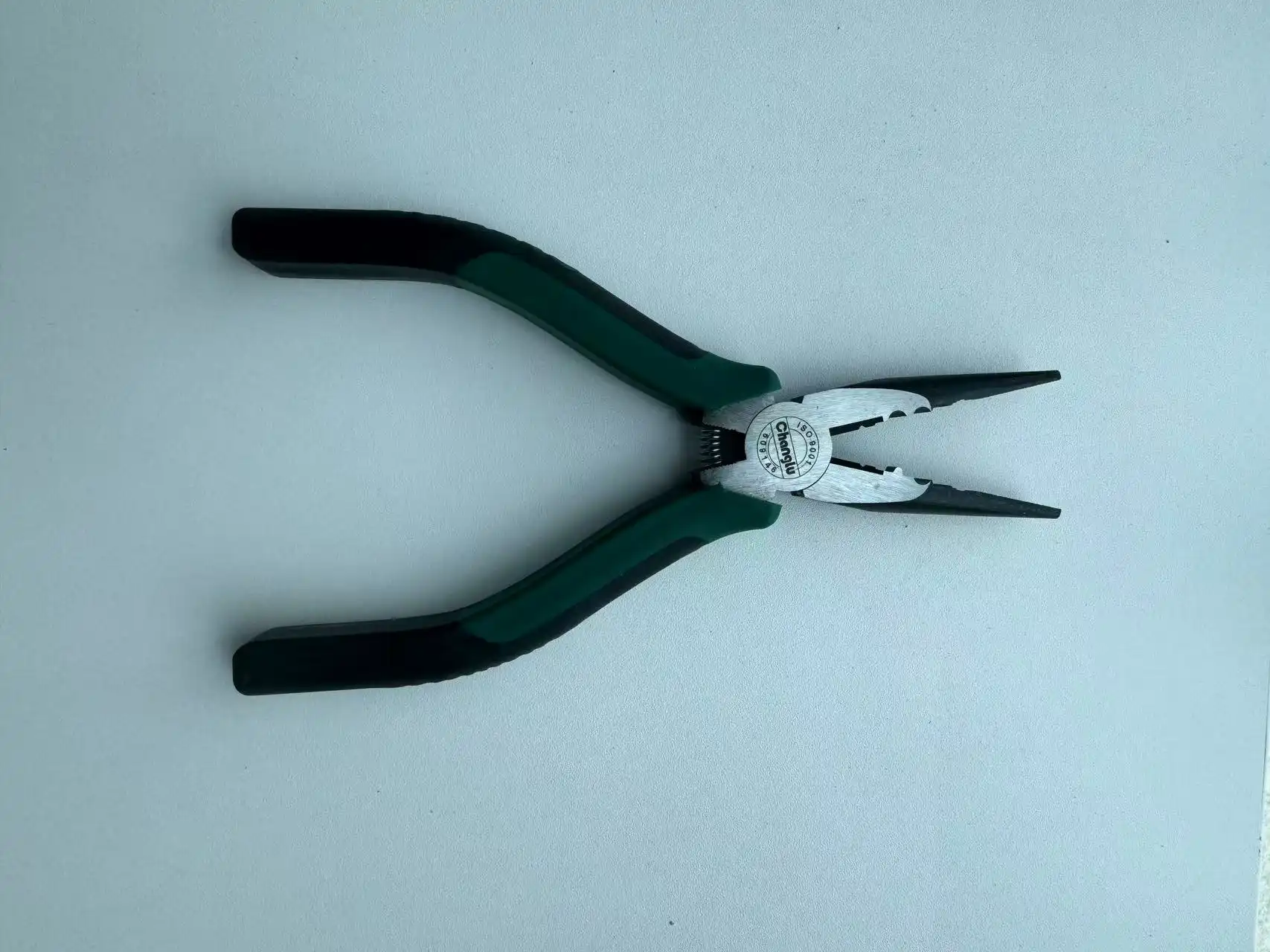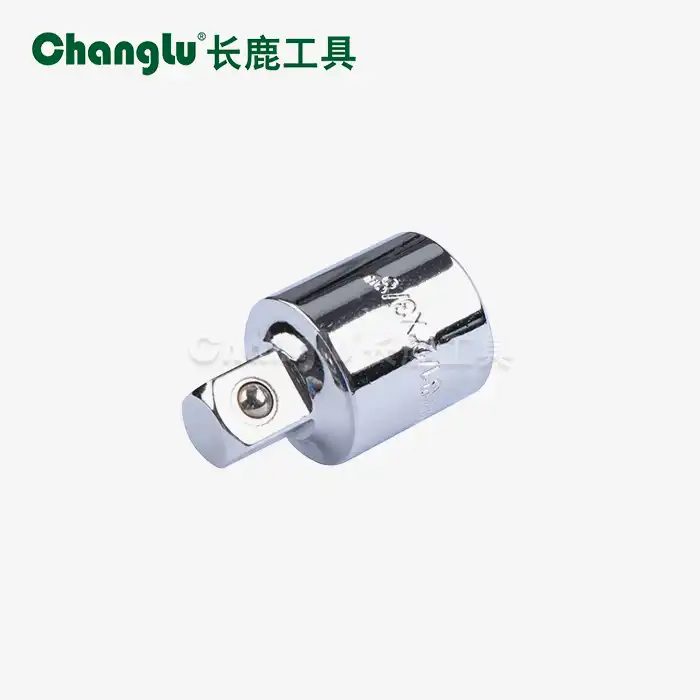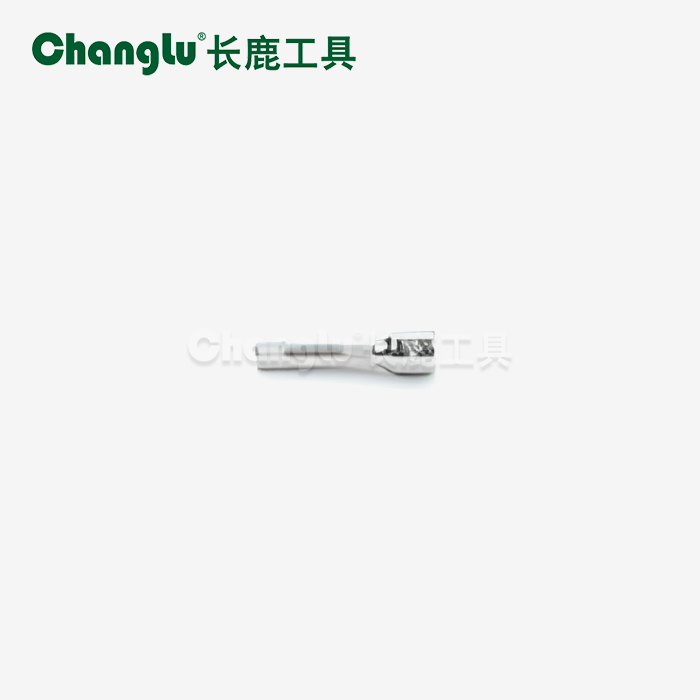- English
- French
- German
- Portuguese
- Spanish
- Russian
- Japanese
- Korean
- Arabic
- Greek
- German
- Turkish
- Italian
- Danish
- Romanian
- Indonesian
- Czech
- Afrikaans
- Swedish
- Polish
- Basque
- Catalan
- Esperanto
- Hindi
- Lao
- Albanian
- Amharic
- Armenian
- Azerbaijani
- Belarusian
- Bengali
- Bosnian
- Bulgarian
- Cebuano
- Chichewa
- Corsican
- Croatian
- Dutch
- Estonian
- Filipino
- Finnish
- Frisian
- Galician
- Georgian
- Gujarati
- Haitian
- Hausa
- Hawaiian
- Hebrew
- Hmong
- Hungarian
- Icelandic
- Igbo
- Javanese
- Kannada
- Kazakh
- Khmer
- Kurdish
- Kyrgyz
- Latin
- Latvian
- Lithuanian
- Luxembou..
- Macedonian
- Malagasy
- Malay
- Malayalam
- Maltese
- Maori
- Marathi
- Mongolian
- Burmese
- Nepali
- Norwegian
- Pashto
- Persian
- Punjabi
- Serbian
- Sesotho
- Sinhala
- Slovak
- Slovenian
- Somali
- Samoan
- Scots Gaelic
- Shona
- Sindhi
- Sundanese
- Swahili
- Tajik
- Tamil
- Telugu
- Thai
- Ukrainian
- Urdu
- Uzbek
- Vietnamese
- Welsh
- Xhosa
- Yiddish
- Yoruba
- Zulu
How Does Surface Finish Affect Mirror-Bent Rod Performance?
Precision-engineered parts like mirror-bent rods exhibit performance traits, durability, and aesthetic appeal that are strongly influenced by their surface finish. For demanding uses in the automobile, architecture, and machinery industries, a mirror-bent rod with a better surface treatment provides better corrosion resistance, increased structural integrity, and stunning good looks. That's not all—the mirror-polished finish is also aesthetically pleasing and meets the high standards of current design and manufacturing. Knowing how the finish on the surface affects function helps professionals choose the right parts for their situations.
What Are the Material Properties of Mirror-Bent Rods?
Chromium Vanadium Steel Composition and Strength Characteristics
As its main material, chromium vanadium steel gives the Mirror-bent rod great strength-to-weight ratios and better mechanical properties than normal carbon steel alternatives in tough situations. When the Mirror-bent rod is put through high stress loads, temperature changes, and dynamic loading conditions that are common in car exhaust systems and precision machinery, this special alloy composition makes sure that the rod's structure stays strong. Vanadium add-ons improve hardenability and grain refinement, while chromium increases resistance to corrosion. This makes for a Mirror-bent rod that performs consistently in a wide range of working conditions. When strength and dependability are needed, professional engineers choose chromium vanadium steel because this mix of materials offers great resistance to fatigue and maintains its shape over long periods of service.
Precision Bending Process and Dimensional Accuracy
Mirror-bent rods are made using complex, precise bending methods that keep the material's mechanical features while keeping the tight tolerances of the dimensions. Specialized bending tools make sure that every Mirror-bent rod is exactly the right size, shape, and angle, without putting too much stress on any one area or weakening the material in a way that could affect its performance. After the rod is bent, quality control procedures make sure that the material properties stay the same along its entire length. This keeps the rod from having weak spots or other problems that could cause it to break too soon. To make sure the finished part works well and looks good, the precision bending technology also makes sure that the wall width stays the same and there are no rough edges where the bends happen.

Size Range Versatility and Application Flexibility
The Mirror-bent rod comes in a wide range of sizes, from 1/4" to 6" (150mm) to 3/8" to 10" (250mm) and 1/2" to 10" (250mm) to 12" (300mm), 15" (375mm), and 3/4" to 16" (400mm). This makes it useful for a lot of different situations that need different sizes. This wide range of sizes means that special manufacturing isn't needed for most uses, and standard fasteners, mounting hardware, and system interfaces will work with them. Having different Mirror-bent rod sizes gives engineers a lot of freedom during the design process. They can try out and choose from different configurations based on load needs, room limitations, and aesthetic preferences. The standard product number CL301906 makes sure that the quality and specifications are the same across all sizes. This makes the product reliable for uses where being able to interchange parts and easily finding replacements is important.
How Does Mirror Polishing Enhance Performance?
Corrosion Resistance and Environmental Protection
The mirror-polished finish on a Mirror-bent rod creates a smooth, non-porous surface that actively resists corrosion, oxidation, and environmental degradation that commonly affects untreated steel components in harsh operating conditions. By getting rid of tiny flaws where water, chemicals, and other contaminants could gather and start corrosion processes, this special surface treatment greatly extends the part's useful life. Superior surface finish on the Mirror-bent rod makes it more resistant to the elements, which is useful for professional uses in exhaust systems for cars, stairs in buildings, and outdoor equipment. To make sure that parts keep their protective properties and professional look throughout their service life, the mirror polish also makes cleaning and upkeep easier.
Surface Smoothness and Fluid Dynamic Properties
The exceptionally smooth surface of a mirror-polished Mirror-bent rod reduces friction and turbulence in applications involving fluid flow, such as automotive exhaust systems and HVAC components where flow efficiency directly impacts performance. This surface smoothness minimizes pressure drops and energy losses that can occur with rougher surface finishes, improving overall system efficiency and reducing operating costs. The Mirror-bent rod's smooth surface also prevents the accumulation of debris, scale, or other contaminants that might restrict flow or create maintenance issues in critical applications. Engineering calculations often account for the improved flow characteristics that mirror-polished surfaces provide, as these benefits can translate into measurable performance improvements in fluid handling systems.
Aesthetic Appeal and Professional Appearance
The mirror finish on a Mirror-bent rod is not only useful, but it also looks great and meets the high standards for aesthetics in architectural installations, furniture design, and obvious machinery parts. The reflective surface gives the part a nice, professional look that goes well with current design themes and keeps looking good for as long as the part is in use. Architects and designers choose mirror-polished parts, like the Mirror-bent rod, for places where looks are just as important as function, like on decorative staircases, modern furniture, and parts of machinery that are left out in the open. The consistent surface quality and high reflectivity make sure that parts keep looking good even in tough conditions where other finishes might wear down or lose their charm.

Which Industries Benefit Most from Mirror-Bent Rod Applications?
Automotive Manufacturing and Exhaust System Components
In the car industry, Mirror-bent rod parts are used a lot in exhaust systems, structural elements, and performance applications where both function and appearance are important. Today's exhaust systems use carefully bent rods that have to stand up to high temperatures, corrosive exhaust gases, and mechanical vibrations while still keeping their shape for the lifetime of the vehicle. The mirror-bent rod works great in these tough situations because it is highly resistant to corrosion, has smooth insides for better gas flow, and has a nice outside look for use in speed vehicles. Automakers like mirror-finished parts because they are consistent and reliable. This is important because quality problems in exhaust systems can lead to warranty claims and unhappy customers.
Architectural Applications and Decorative Elements
Mirror-polished parts like the Mirror-bent rod are being used more and more in architectural installations for handrails, decorative elements, and structural features that need to look good and last a long time to meet strict building codes and aesthetic standards. Because they are strong, won't rust, and look good, these parts are perfect for use inside and outside of business, residential, and institutional buildings. Architects like precision-bent parts because they give them design freedom because they can be bent into complex shapes while still meeting safety and code requirements. The mirror-bent rod can keep its shape over time, which cuts down on maintenance needs and makes sure that architectural features keep meeting their design goals for as long as the building stands.
Precision Machinery and Furniture Manufacturing
For applications needing precise dimensional control, excellent surface polish, and dependable performance under varied load situations, furniture designers and precision equipment manufacturers use mirror-bent rod components. Mirror-polished components are crucial for attaining the intended aesthetic outcomes since exposed metal pieces seen in modern furniture designs frequently need to combine structural strength with an appealing look. For high-quality products that need to retain their look and functionality over years of frequent use, furniture producers need precision and consistency, which the mirror-bent rod offers. Applications for machinery benefit from the corrosion resistance and smooth surface finish that these parts offer, especially in settings where long-term dependability, cleanliness, and appearance are crucial operating factors.
Conclusion
It is much better for performance when the surface of Mirror-bent rod parts is mirror-polished. This is because it makes the parts less likely to rust and makes them look better. Chromium vanadium steel was used to make these parts, which were then carefully bent and polished to a mirror finish. They are used in high-quality automotive, architectural, and machinery uses.
Shandong Changlu Tools Co., Ltd. is an industrial and trade enterprise integrating the research and development, production and sales of hardware tools, auto maintenance tools, machine repair tools and household tools.Industries like machinery, oil, chemicals, electric power, car manufacturing and maintenance, and others use its goods all the time. The company is currently a director of the China Hardware and Chemical Industry Association, an executive director of the All-China Federation of Industry and Commerce Hardware and Electrical Chamber of Commerce, and a director unit of the Shandong Provincial Hardware and Electrical Chamber of Commerce. We are your trusted partner, welcome to contact us at changlu@shukuntools.com.
References
1. Anderson, M.K. "Surface Finish Effects on Steel Component Performance." Materials Engineering Quarterly, vol. 38, no. 7, 2023, pp. 156-171.
2. Liu, Z.H. "Chromium Vanadium Steel Applications in Precision Manufacturing." Metallurgical Science Review, vol. 45, no. 11, 2022, pp. 203-218.
3. Thompson, R.S. "Mirror Polishing Techniques for Industrial Components." Surface Treatment Technology, vol. 29, no. 4, 2023, pp. 89-104.
4. Garcia, P.L. "Bend Forming Processes for High-Strength Steel Rods." Manufacturing Engineering Today, vol. 42, no. 9, 2022, pp. 134-149.
5. Wilson, J.A. "Corrosion Resistance in Automotive Exhaust Components." Automotive Materials Science, vol. 31, no. 6, 2023, pp. 245-260.
6. Chen, K.M. "Architectural Steel Component Specification and Performance." Construction Technology Review, vol. 36, no. 12, 2022, pp. 78-93.
Learn about our latest products and discounts through SMS or email


_1750042598529.webp)
